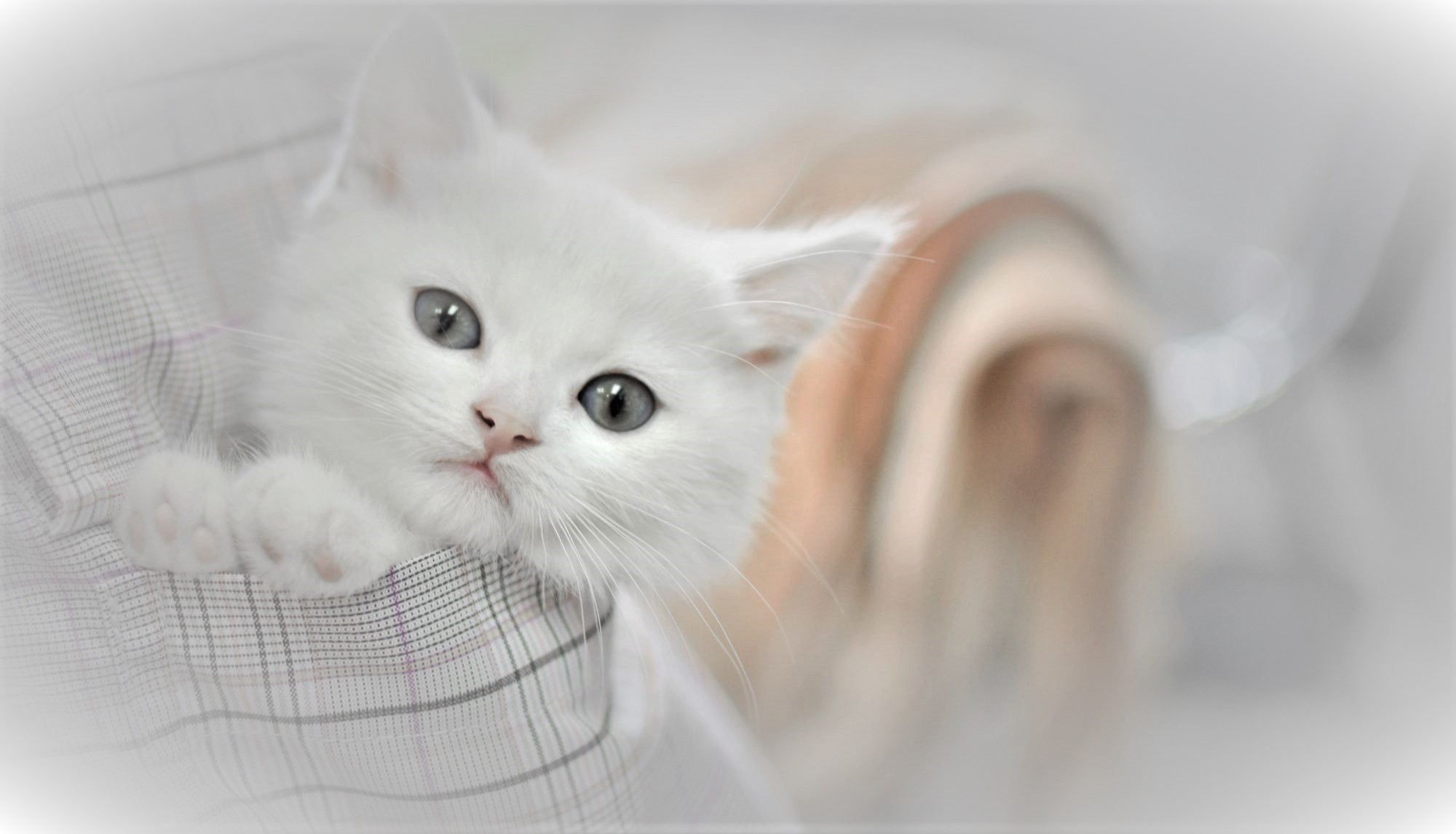Scent is a valuable communication tool for your cat. Scent is your cat’s calling card and helps navigate dates, times and locations of other cats. Cats have scent glands on their paws pads, their cheeks, lips, forehead, flanks, tail and there are also two little anal glands on each side of the rectum that release a very strong-smelling liquid to mark the cat’s stool as it passes through. I would like to thank Pam Johnson-Bennet for her professional insight on the science behind cat scents.

How Cats Use Scent
Scent is used to identify members of the same colony, define territory, create familiarity, announce reproductive status, learn more about unfamiliar cats in the environment, self-soothe, bond with another, or as a form of aggression.
The scent glands around the face are identified as friendly or low-intensity. These are used when a cat is marking familiar objects he considers part of his turf, or when he’s depositing scent as a bonding gesture such as when head bunting. You’re also probably very familiar with the sight of your cat cheek-rubbing on objects in the home. This is a comforting behavior that reflects a sense of security and familiarity with the environment.
I am looking at my cat, Keke and wondering what role her hair plays in the complexity of her sensory behavior. I think I will wrote another post about the ways in which her hair reacts to environmental stimuli. Look for this in the weeks to come.

